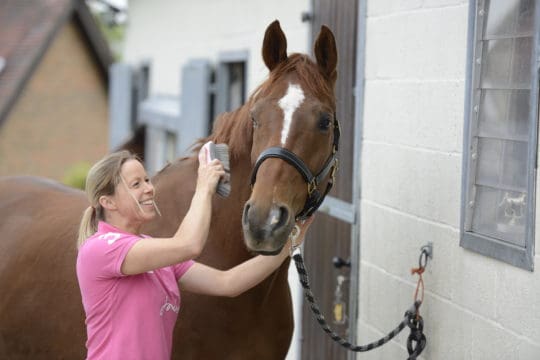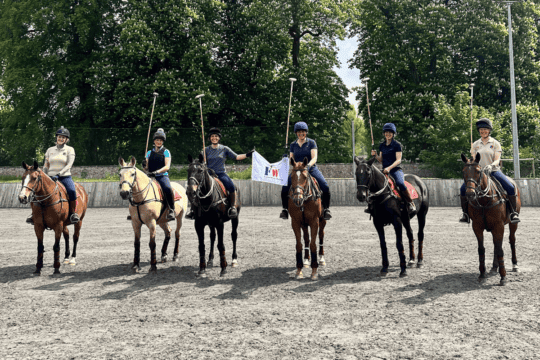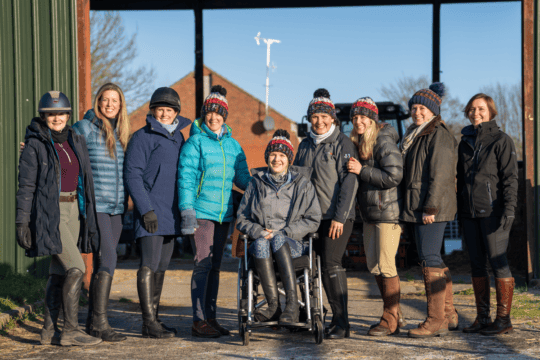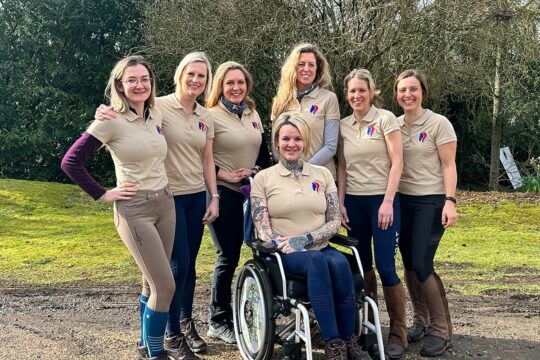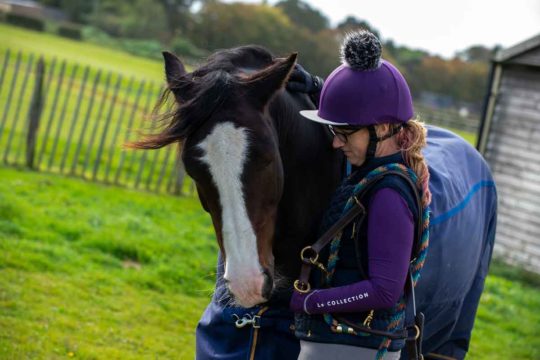
Most Read Articles
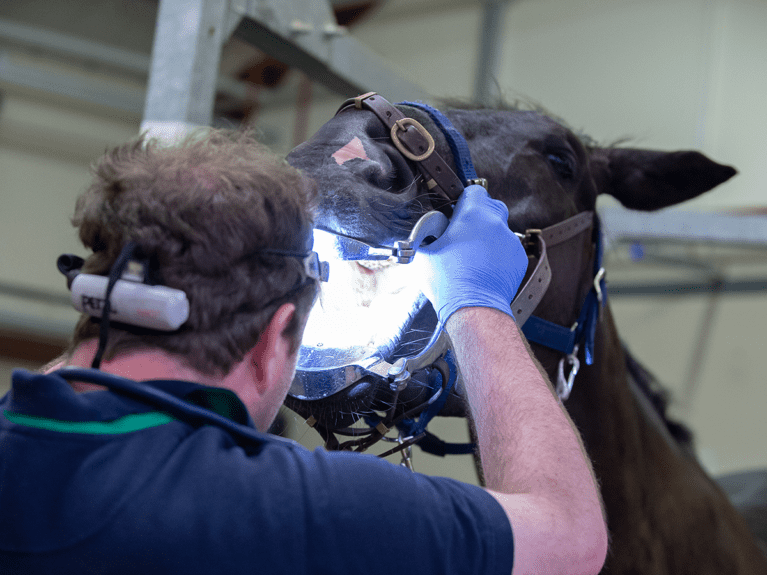
Looking after our horses’ teeth is an important part of their care, but how do we know when something’s wrong and what can be done about it? Freya Wood throws some light on tooth troubles and when it’s time to call in the experts
Annual vaccinations form part of the regular health plan for the year for our horses but also included on that plan, just as with humans, should be a dental check-up. Due to the nature of their fibrous diet, horses’ teeth come under a huge amount wear and tear, so it’s not surprising that problems can occur. As we know only too well, tooth issues can be extremely uncomfortable and very painful, so keeping on top of dental care is essential if we want to keep our horses happy and healthy.
Look for a qualified practitioner
There are restrictions on who can perform equine dental procedures, and many procedures are classed as acts of veterinary surgery so are protected by law. Procedures are classed in categories 1 to 3 and, legally, category 3 procedures can only be performed by a veterinary surgeon, and this includes extraction of teeth.
In addition to vets, equine dental technicians (EDTs) can perform certain procedures. Category 2 procedures, including the use of motorised dental rasps and removal of wolf teeth (under direct and constant supervision by a veterinary surgeon), can only be performed by an EDT who has passed a Defra-approved examination from the British Association of Equine Dental Technicians (BAEDT) or WorldWide Association of Equine Dentistry (WWAED). A list of EDTs with these qualifications is available on the BAEDT and WWAED websites at baedt.com and wwaed.org.uk, as is a full outline of the legislation around equine dentistry.
At the lowest level, category 1 procedures, such as examining teeth and rasping with manual hand rasps, do not require an approved examination to have been passed.
Some common dental issues
Caries lesions, or holes, affect the cementum both on the outside of the teeth and the inner infundibulum on the upper cheek teeth. This second type can lead to fracture as the disease spreads from the cementum to the enamel and the pulps, causing a weakness in the tooth. Some caries progress quickly whereas others are much slower, but there is no way to tell if a tooth will go on to fracture before it wears out. Fillings for early lesions allow the tooth to be preserved, which is a good option particularly for younger horses.
Equine odontoclastic tooth resorption and hypercementosis is a relatively recently described condition that affects the incisors of horses in their mid to late teens. It covers a huge spectrum of disease, is progressive and is also extremely painful. Removal of the affected teeth is required and it’s not uncommon for all incisors to be lost, but horses cope very well with this and are much more comfortable afterwards. The carrot test can be used to determine if the incisors are painful, as if there is soreness, the horse will be reluctant to bite down on a carrot.
There can be abnormal wear of incisors too, often due to crib-biting or abrasion by soil when grass is very short, while a slant to the incisor length can indicate problems with the cheek teeth. Once the cheek teeth abnormalities have been corrected, then the incisors will often resolve themselves.
For more information on how to care for your horse’s teeth, check out the March 2023 issue of Horse&Rider.
Thanks to Freya Wood BVSc MRCVS of Paragon Veterinary Practice for her help with this article.

